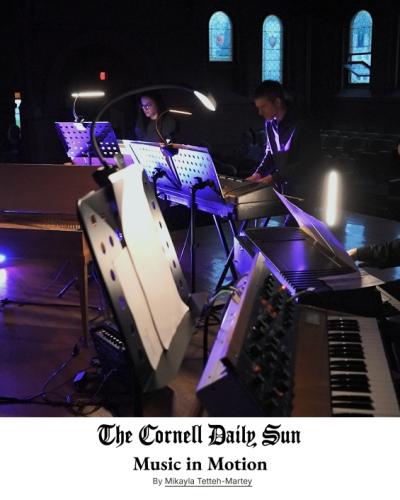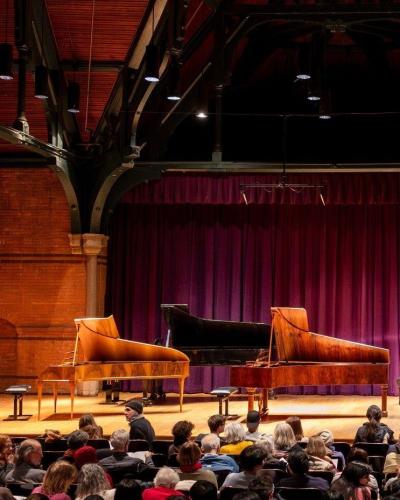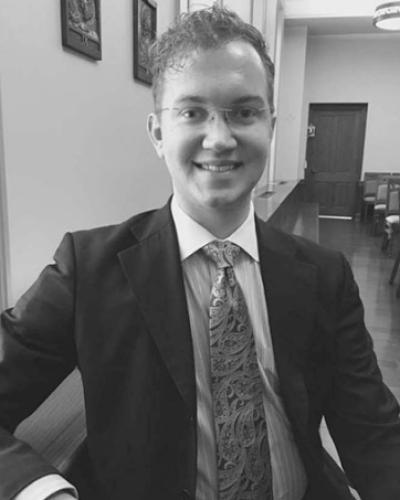Program
John Knowles Paine: Variations on “Old Hundred”
Charles-Marie Widor: Andante Sostenuto, from Symphonie no. 9, Op. 70 (“Gothique”)
Max Reger: Phantasie über den Choral “Ein feste Burg ist unser Gott,” Op. 27
From the Performer
When Bostonian John Knowles Paine premiered his Variations on “Old Hundred” in 1861, it was less than a year after the death of his mother, whose funeral he had been unable to attend due to expense and the time required to make the voyage back across the Atlantic from Berlin, where he was then studying. Paine was soon to return to a world that bore little resemblance to the one he had left. Perhaps still grieving, he produced this beautiful set of variations that demonstrates a variety of compositional techniques ranging from Bach-inspired counterpoint, to orchestral exchanges of color, to great fugues and fanfares. For us now, living in times that feel deeply unfamiliar, we might reflect through Paine’s eyes on the sorrow and possibilities of a world irrevocably altered yet still offering glimpses of potential brilliance.
Brilliance found, perhaps, in the small moments—the quiet stillness of an autumn morning or the stayed grandeur of a great cathedral. Both speak to the immensity of the infinitely small and contain within them the possibility of both tension and peace. The Andante Sostenuto from Charles-Marie Widor’s Symphonie no. 9, Op. 70 (“Gothique”), seems to embody this uncertain stillness. At its surface a quiet meditation on soaring melodies, it is yet undergirded by a pulsing tension.
A different sense of immensity is to be heard in Max Reger’s Phantasie über den Choral “Ein feste Burg ist unser Gott,” Op. 27. This sweeping demonstration of contrapuntal mastery and technical wizardry, especially in the feet, resembles a fortress both in scope and power and in its very construction. The first portion of the piece consists of alternations between loud and softer sections that conjure, for me, images of the ramparts of a great castle. This is followed by a long crescendo to the end of the piece, where we are dropped suddenly from the towers into the breathlessness of one last quiet section, before ending at the very tallest spire.
This work might also be seen to attest to a different kind of refuge—that of friendship. The first edition of this piece was published by Reger’s friend, the great German organ virtuoso Karl Straube, and it was one of Reger’s first compositions to become popular, inviting the world into a musical landscape different from any other, even to this day. In this final reflection, I think of those friendships made all the more dear today by distance. Thank you to all who are tuning in to this recorded concert. I look forward to the day when we can once again hold court together in the presence of the King of Instruments.




